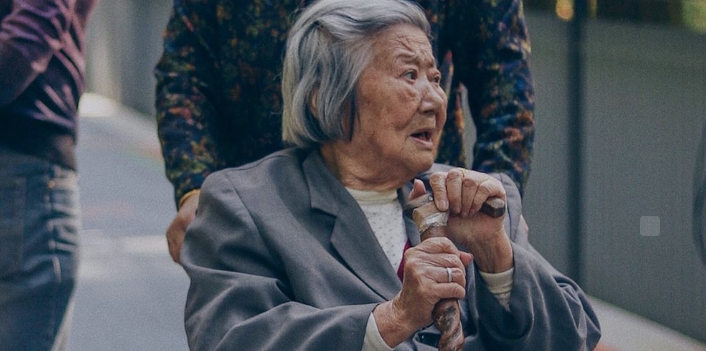Pain in Dementia Patients: An Overlooked Health Challenge
As the global population ages, many seniors face chronic pain caused by conditions such as arthritis, osteoporosis, urinary tract infections, diabetic neuropathy, dental problems, and constipation. Recognizing and managing these issues is critical for maintaining quality of life. However, for older adults living with Alzheimer’s disease or other forms of dementia, pain is often overlooked and left untreated.
Why Is Pain Often Missed in Dementia Patients?
Dementia gradually reduces a person’s ability to communicate their needs. Patients may struggle to explain the source or severity of their pain, making it difficult for family members and caregivers to identify the problem. As the disease progresses, pain is often expressed in non-verbal ways, including:
Withdrawing or flinching from movement
Yelling, moaning, or restlessness
Changes in eating or sleeping patterns
Rocking, pacing, or showing aggressive behavior
These signals are frequently mistaken as typical dementia-related symptoms, rather than signs of unmanaged pain.
Research Findings: Pain Is Common but Undermanaged
A study from the University of California, San Francisco (UCSF) found that:
63% of dementia patients experience “distressing pain.”
43% report pain severe enough to limit daily activities.
Despite this, access to medical treatment—especially for those receiving home care—remains a major barrier. Many dementia patients struggle to schedule medical visits or receive adequate pain management outside of nursing facilities.
Expert Perspectives: The Role of Palliative Care
Medical experts emphasize that dementia is a terminal illness and should be treated with the same respect as other life-limiting conditions. Palliative care and hospice care should be introduced early, not only at the end of life. Providing pain relief throughout the disease can:
Improve the patient’s overall quality of life
Reduce suffering for families and caregivers
Ensure dignity and respect for aging individuals
Practical Advice for Families and Caregivers
Watch for non-verbal signals: Unusual behaviors may indicate pain.
Keep records: A pain diary can help doctors understand patterns.
Seek professional support: Discuss options such as medication, physical therapy, or palliative services.
Consider emotional support: Counseling and caregiver resources can reduce stress for families.
Conclusion
Pain in dementia patients is a widespread but often under-recognized health issue. To support seniors in aging in place with dignity, society, healthcare providers, and families must work together to improve elderly pain management and ensure timely treatment. With better awareness and proactive care, people living with dementia can experience greater comfort and quality of life.





